-
The Most Common Uses of Fiber Optic Cables
Fiber optic cables have revolutionized the telecommunications industry. Using fiber optic cables, telecommunications links realize much higher data rates over much greater distances with lower loss. As a result of these advantages, fiber optic communications systems are widely employed for applications ranging from major telecommunications backbone infrastructure to Ethernet systems, broadband distribution, and general data networking. This article will introduce the most common uses of fiber optic cables.
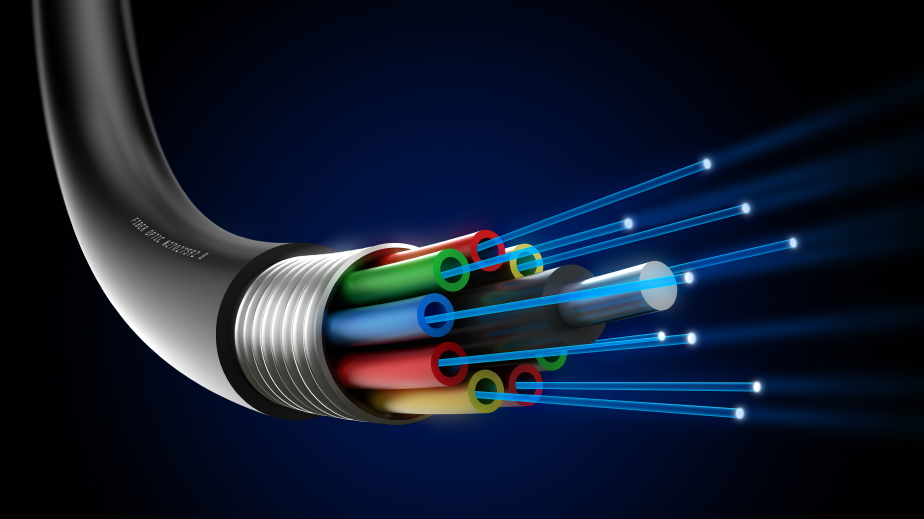
Figure 1: Fiber Optic Cables
Fiber in Computer Networking
Optical fiber can be used as a medium for computer networking, because it is flexible and can be bundled as cables. Compared with electrical cables, light transmission through the fiber has lower attenuation over long distance communications. For short-distance, such as FTTH or FTTO, fiber optic cables can save space in cable ducts. A single fiber can carry much more data than electrical cables such as Cat5 Ethernet cable, which typically runs at 100 Mbit/s or 1 Gbit/s speeds. Besides, fiber is immune to electrical interference. There is no cross-talk between signals in different cables. For these reasons, optical fiber cables have more advantages in computer networking over the electrical cables.
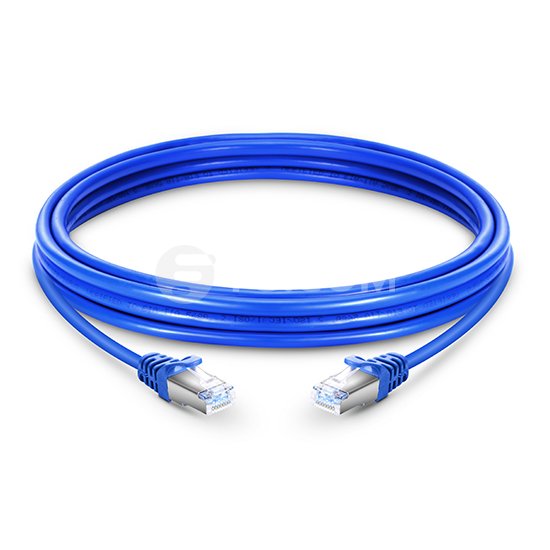
Figure 2: Cat5 Ethernet Cable
Fiber in CATV (Cable Television)
The use of fiber optic cables in the transmission of cable signals has grown explosively over the years. CATV (cable television) services are supplied via a fiber optic network to an optical node, which converts and distributes the electrical signal to subscribers via a coaxial cable connection. Simply, fiber optics is the sending and receiving of data from point-to-point via a network. Cable television companies commonly use fiber for delivery of digital video and data services. These fiber cables are the perfect choices for transmitting broadband signals for high definition televisions, because they have greater bandwidth and speed. Also, fiber optic cables are cheaper as compared to the same quantity of copper wire.
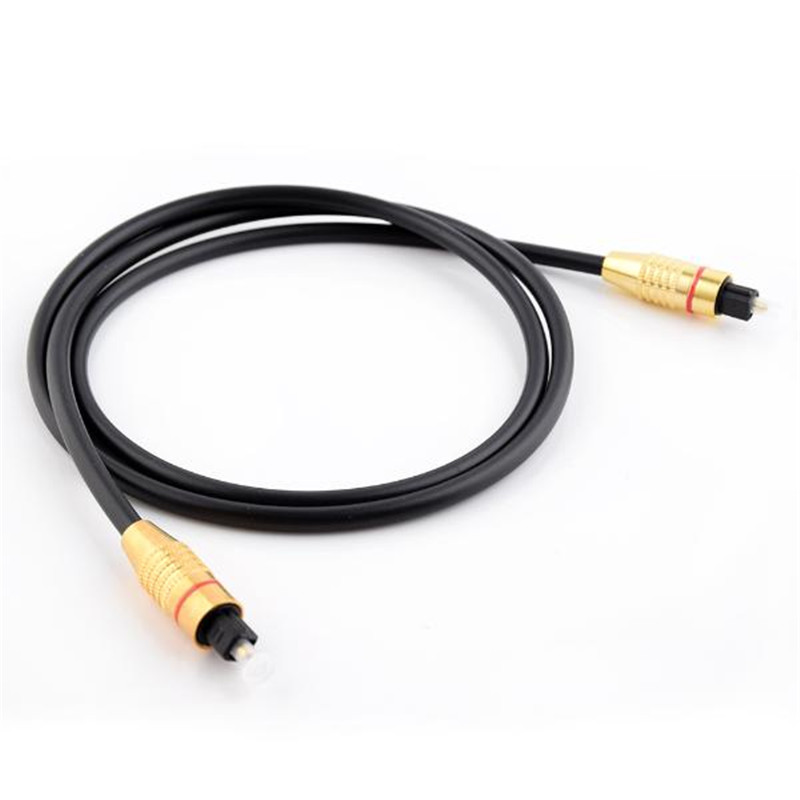
Figure 3: Coaxial Cable
Fiber in Remote Sensing
Optical fibers can be used as sensors to measure strain, temperature and pressure by modifying the fiber counts, in order to modulate the intensity, phase, polarization, wavelength or transit time of light in the fiber. Fiber can be used in remote sensing, because no electrical power is needed at the remote location. Many sensors can be multiplexed along the length of a fiber by using light wavelength shift for each sensor, or by sensing the time delay as light passes along the fiber through each sensor. Besides, fiber optic sensors are immune to electromagnetic interference and do not conduct electricity, so they can be used in places where there is high voltage electricity or flammable material. Generally, polarization maintaining (PM) fiber patch cables are widely used in optical sensor systems.
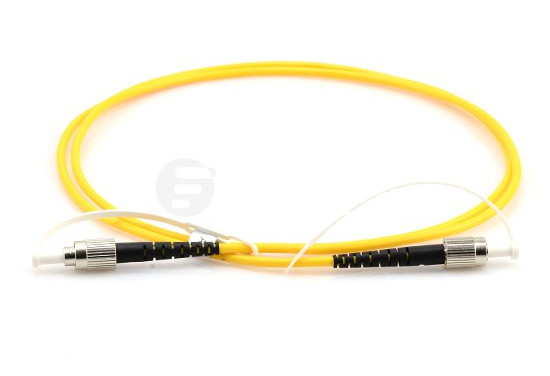
Figure 4: Polarization Maintaining (PM) Fiber Patch Cable
Fiber in Lighting
The use of fiber optics in the area of decorative illumination has grown over the years. Optical fibers are well known as fiberscopes for imaging applications and as light guides for a wide range of non-imaging applications. Currently, optical fibers can be used as light guides where bright light needs to be shone on a target without a clear line-of-sight path. They are widely used for illumination in decorative applications, including signs, art, toys and artificial Christmas trees. For example, Swarovski boutiques use optical fibers to illuminate their crystal showcases from many different angles while only employing one light source. Consequently, more and more application are used fiber for lighting, that is because fiber optic cables provide an easy, economical and attractive solution to lighting projects.
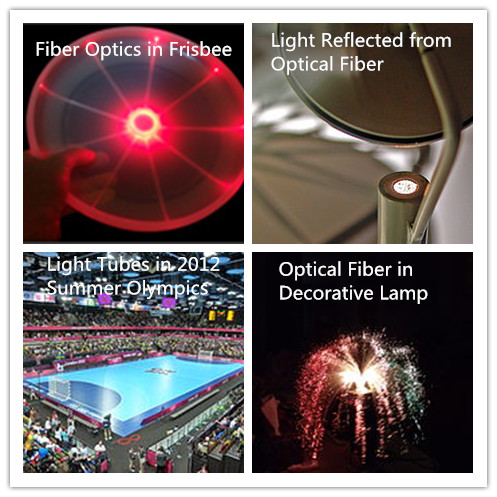
Figure 5: Optical Fiber in Lighting
Fiber in Military
Fiber optic cables are used in a variety of military applications requiring rigorous testing and harsh environment certification to ensure reliability and performance in the field. Military grade fiber optic patch cables are built with specialized military tactical fiber cable that features impact and crush resistance characteristics which comply with military requirements. Additionally, these robust assemblies are rated for operating temperatures of -40ºto +75º Celsius. Three versions are available including Duplex ST, SC and LC styles. These assemblies are excellent for use in military vehicles and with field deployed communications equipment.
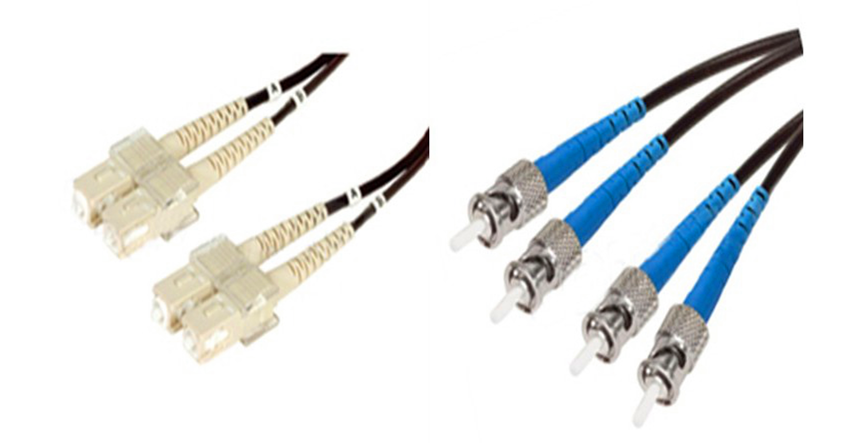
Figure 6: Military Grade Fiber Optic Patch Cable
Conclusion
A huge amount of development can be made by making further research and work on fiber optics. Except what we have discussed, fiber optic cables are also used in biomedical industry, automotive industry, and the fields of medicine, etc. They play a important role in the applications across all industries. It would be the prime demand in the near future.
 Tags: fiber optic cables, Cat5 Ethernet cable, polarization maintaining (PM) fiber patch cables, Military grade fiber optic patch
Tags: fiber optic cables, Cat5 Ethernet cable, polarization maintaining (PM) fiber patch cables, Military grade fiber optic patch
-
Comments
